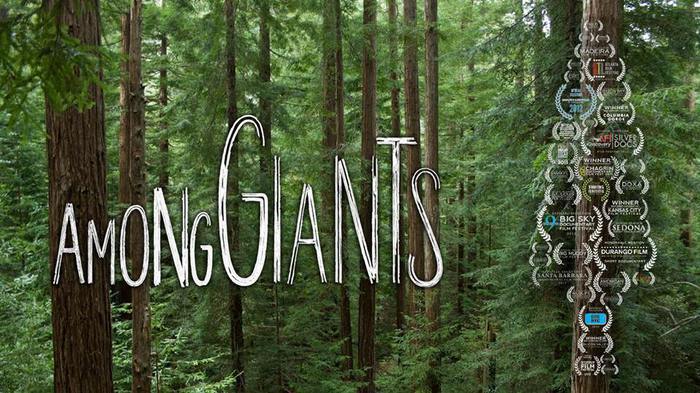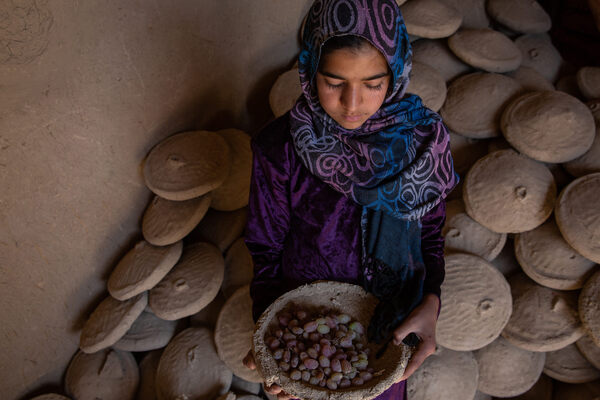Tree Rings Reveal Our Past — and Our Future
https://www.treehugger.com/tree-rings-reveal-our-past-and-our-future-4863330
It’s a fun fact, for sure, but tree-ring dating (technically known as dendrochronology) goes far beyond determining how old a tree is. Trees are also meticulous record keepers of climatic conditions. By unraveling the rich data stored in tree rings, scientists can do everything from dating archaeological sites and preventing forest fires to documenting planetary history and offering a crystal ball into our environmental future.
#### Why Trees Are the Most Reliable Historians of Early America
https://www.atlasobscura.com/articles/tree-dating-log-cabins
As trees grow each year, they sprout new rings of tissue under their bark. These rings are formed by the rate at which trees grow over the course of the calendar year—slower in winter, when there aren’t many nutrients, and faster in the spring and summer. Each new ring, a testament to the tree’s survival, encircles the older ones, inscribing a hidden historical record beneath the bark, in concentric circles.
#### Scientists discover carbon ‘fingerprint’ in tree rings
https://news.mongabay.com/2018/04/scientists-discover-carbon-fingerprint-in-tree-rings/
Researchers at institutions in Sweden, Switzerland and the U.S. used nuclear magnetic resonance (NMR) to measure the proportions of different types of carbon atoms called isotopes at different locations in the glucose molecules that make up cellulose – which is the technical name for the woody pulp in a tree’s trunk. When they used this technique to examine the cellulose of specific rings in trunk cross-sections, they discovered several distinct “signals” of carbon 12 (C12) and carbon 13 (C13) isotopes that appeared at certain points during the trees’ growth.
#### Among Giants
https://diasp.org/posts/f08a23b1eeca09e3

Risking injury and incarceration, an environmental activist disrupts the clear-cutting of an ancient redwood grove by sitting on a tiny platform a hundred feet up in the tree canopy. Already three years into the tree-sit when filming begins, Among Giants blends vérité cinematography with intimate personal reflection to remarkable effect.
#nature #environment #trees #tree-rings #dendrology #dendrochronology #Mongabay #AtlasObscura #Treehugger #AmongGiants


/__opt__aboutcom__coeus__resources__content_migration__mnn__images__2018__02__Tree_rings-b85c7443ab8c4d9ea4b40823b3fe38f8.jpg)
